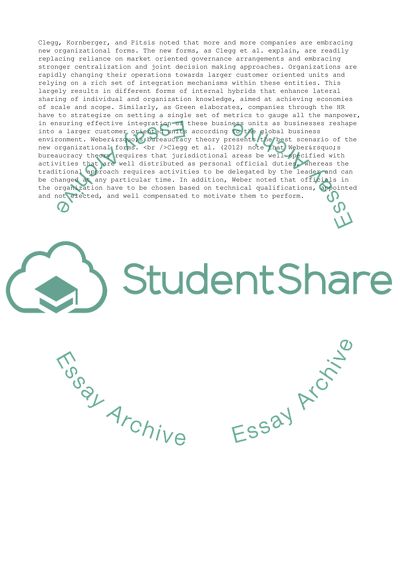Cite this document
(“New Organizational Forms - Innovativeness To Attain Competitive Essay”, n.d.)
New Organizational Forms - Innovativeness To Attain Competitive Essay. Retrieved from https://studentshare.org/management/1605454-new-organizational-forms-innovativeness-to-attain-competitive-advantage
New Organizational Forms - Innovativeness To Attain Competitive Essay. Retrieved from https://studentshare.org/management/1605454-new-organizational-forms-innovativeness-to-attain-competitive-advantage
(New Organizational Forms - Innovativeness To Attain Competitive Essay)
New Organizational Forms - Innovativeness To Attain Competitive Essay. https://studentshare.org/management/1605454-new-organizational-forms-innovativeness-to-attain-competitive-advantage.
New Organizational Forms - Innovativeness To Attain Competitive Essay. https://studentshare.org/management/1605454-new-organizational-forms-innovativeness-to-attain-competitive-advantage.
“New Organizational Forms - Innovativeness To Attain Competitive Essay”, n.d. https://studentshare.org/management/1605454-new-organizational-forms-innovativeness-to-attain-competitive-advantage.


